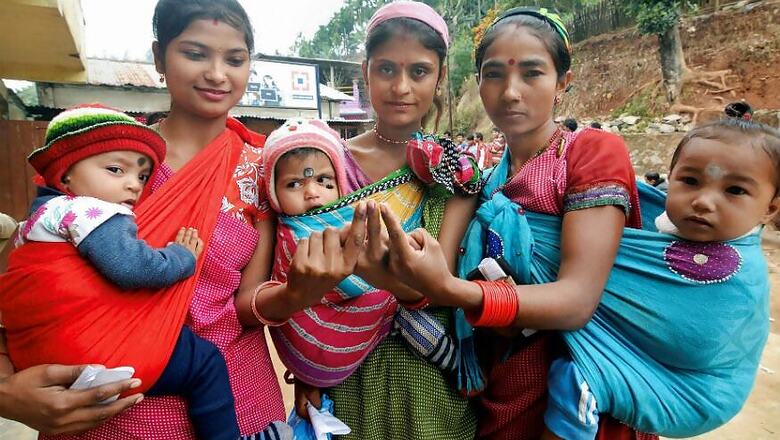
views
New Delhi: Election result days, like the finals of cricket tournaments, are celebrated like festivals in India. But ever since Independence, Assembly elections in north eastern states were treated more like local body polls and largely ignored by the national media.
However, Saturday was a pleasant surprise when in middle of the Holi weekend, the nation woke up to national TV channels doing minute-by-minute coverage of election results in Tripura, Nagaland and Meghalaya.
Even on Twitter, the election results were trending and this has much to do with the way Delhi has been dealt with north eastern states on Saturday.
When India got Independence, the then prime minister Pandit Jawaharlal Nehru decided to let the tribal states of the north east be in relative isolation. The political minds of the time felt it was a prudent thing to do, but the policy remained almost unchanged for the next 60 years.
The major departure from the script came after 2014 when the Look East policy became ‘Act East’. With this shift, we saw an unprecedented number of central ministers being dispatched to the eight states that make up the North East of India.
The opposition, hitherto unused to such an influx of senior leaders from Delhi, saw this as a massive change from the norm. When the Left Front in Tripura was asked what changed from the time when the Congress was its main challenger, the party said it was the excessive travel of central leaders to the state.
CPM spokesperson and member of its Central Committee Gautam Das told News18 ahead of the election that the BJP is fighting the elections “using the central government machinery”. Das claimed that “unlike before, the BJP not only uses the central ministers but also the central PSUs to further its political cause. Every month, one or the other central minister comes to Agartala and after a brief meeting with the ministers, they straightaway engage in party works. The BJP leaders are invited as guests in the official programmes of central Public Sector Units.”
But this “use of central government machinery” seems to have struck a chord with the voters in the north-eastern states. Used to being left on their own, this political assimilation has helped them fight what many have called the ‘Tyranny of Distance’.
As Delhi is taking more interest in the region, the media (primarily Delhi-based), too, has been forced to cover these generally news shadow states.
The unfortunate part of any news wheel is that the narrative is generally spun from the capital. So as Delhi began to court the north-east more frequently, the national media, too, started paying it a little more attention. The narrative moved on to jobs, connectivity and communications from the earlier unidirectional angle of 'conflict'.
But many would also credit this shift to the enduring peace that has been brought in to the region by the predecessors of BJP in the state. One of the hallmarks of 15 years of Tarun Gogoi rule in Assam was that he brought down militancy significantly. Another outgoing stalwart, Manik Sarkar managed to remove the draconian AFSPA from the state and Ibobi Singh of Manipur managed to contain the Meitai nationalism in Manipur.
Thus, once the stability came, aspiration followed. The BJP did well to tap into this aspirational class. A new post-violence generation wanted to taste the fruit of economic success, much like the rest of the ‘mainland’ India.
JB Fuller wrote in 1909 that “The province of Assam at the far northeastern corner of India is a museum of nationalities.”
Today, it appears that this museum of nationalities is settling into the larger pan-Indian narrative. And in the process, it may get the BJP and its allies pocket close to 18 of the 22 odd seats from the region in the next general elections.











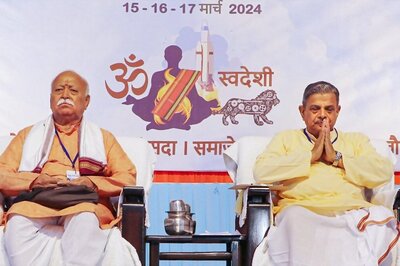
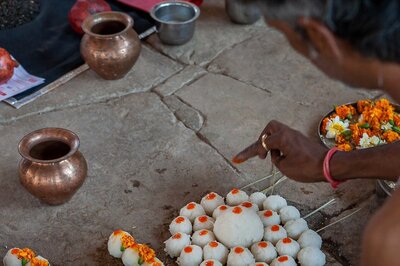
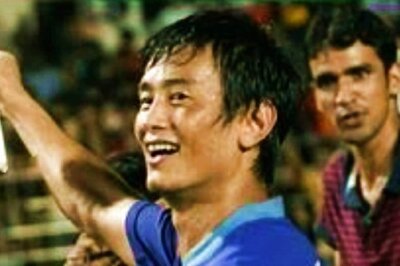
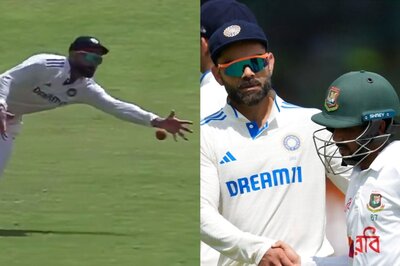

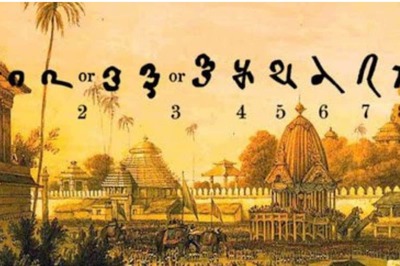


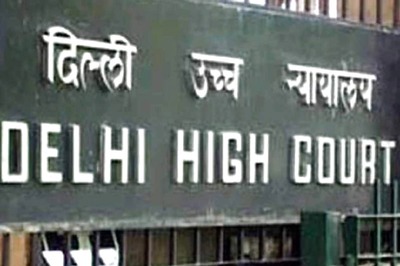
Comments
0 comment